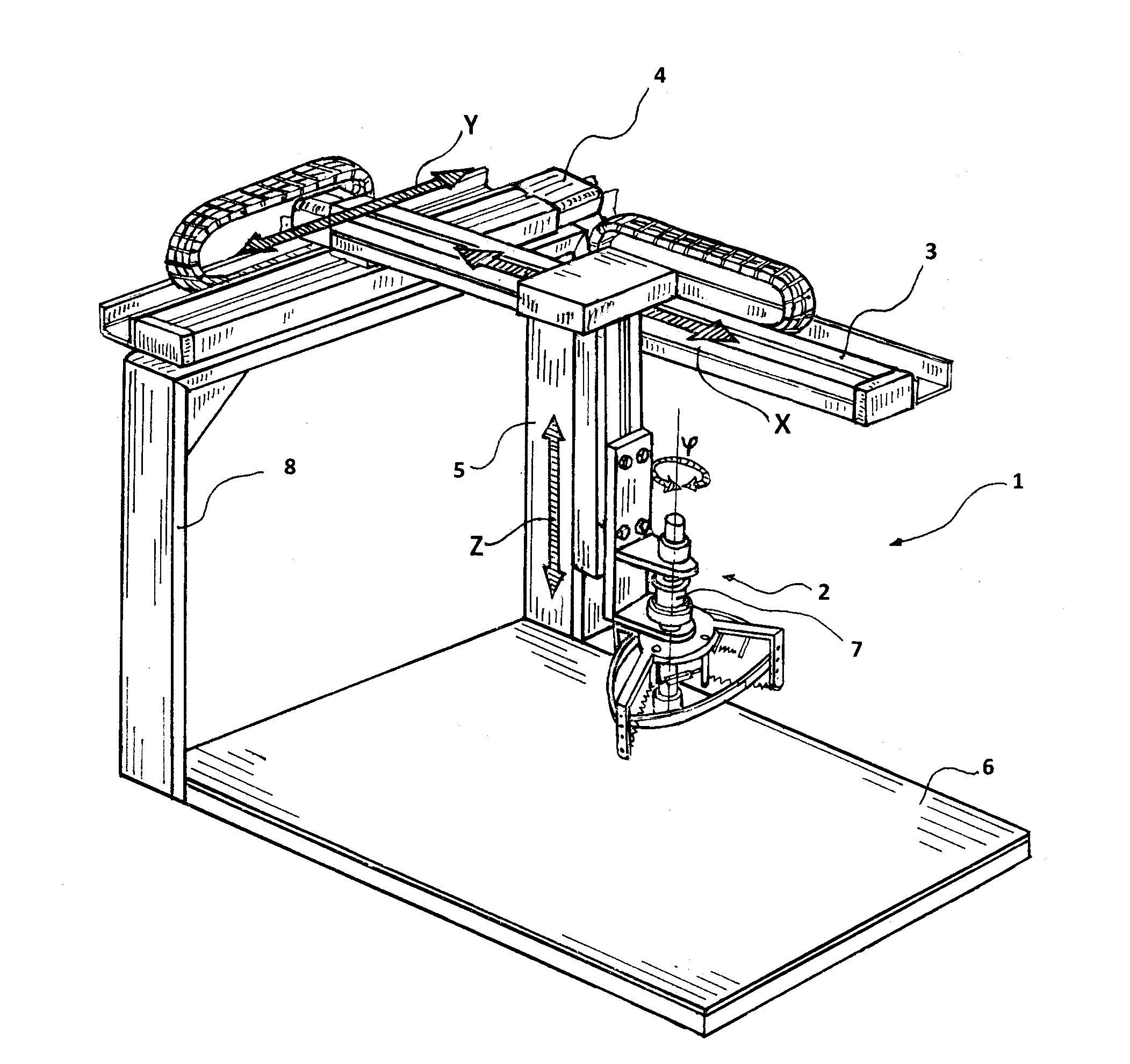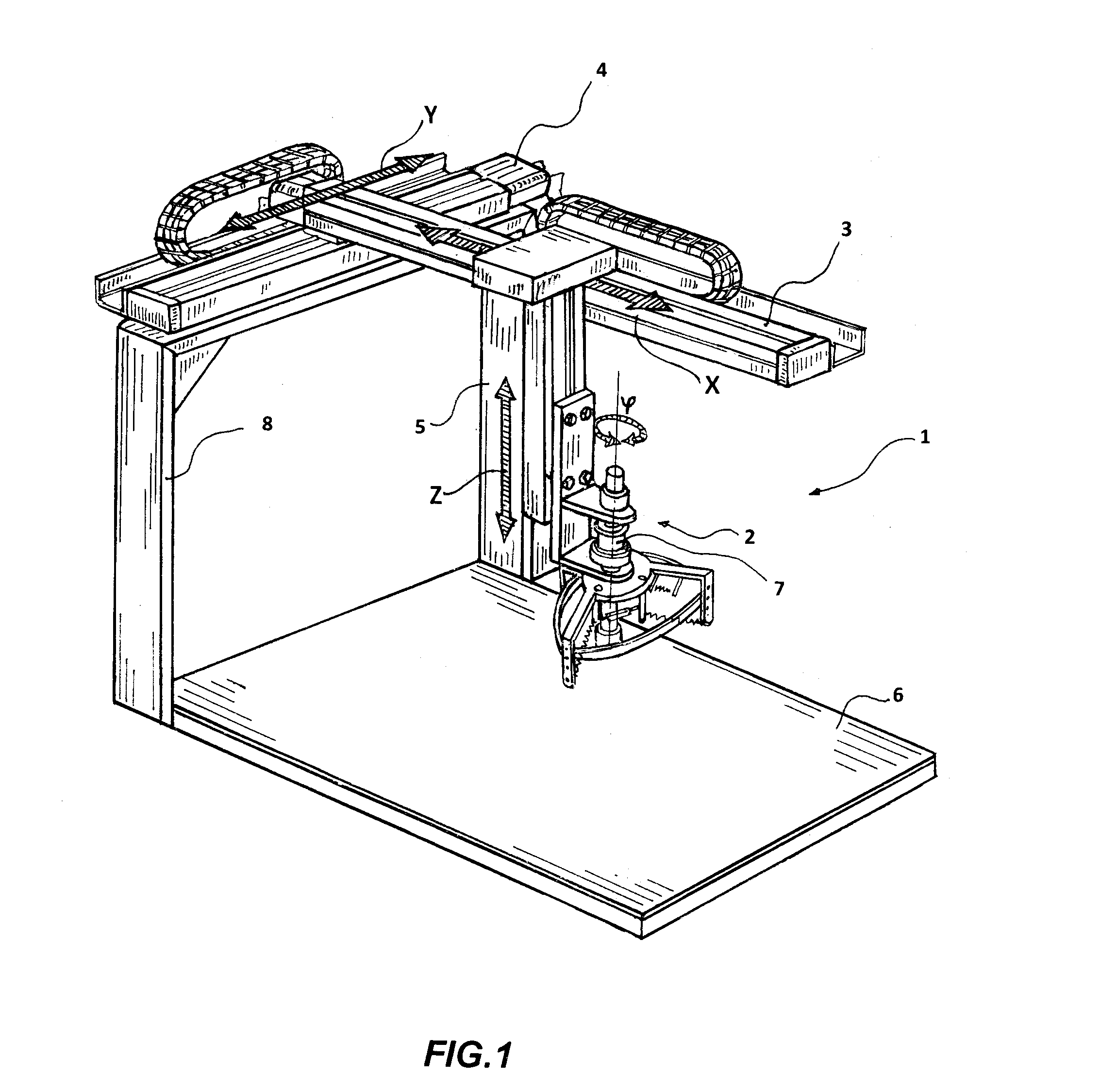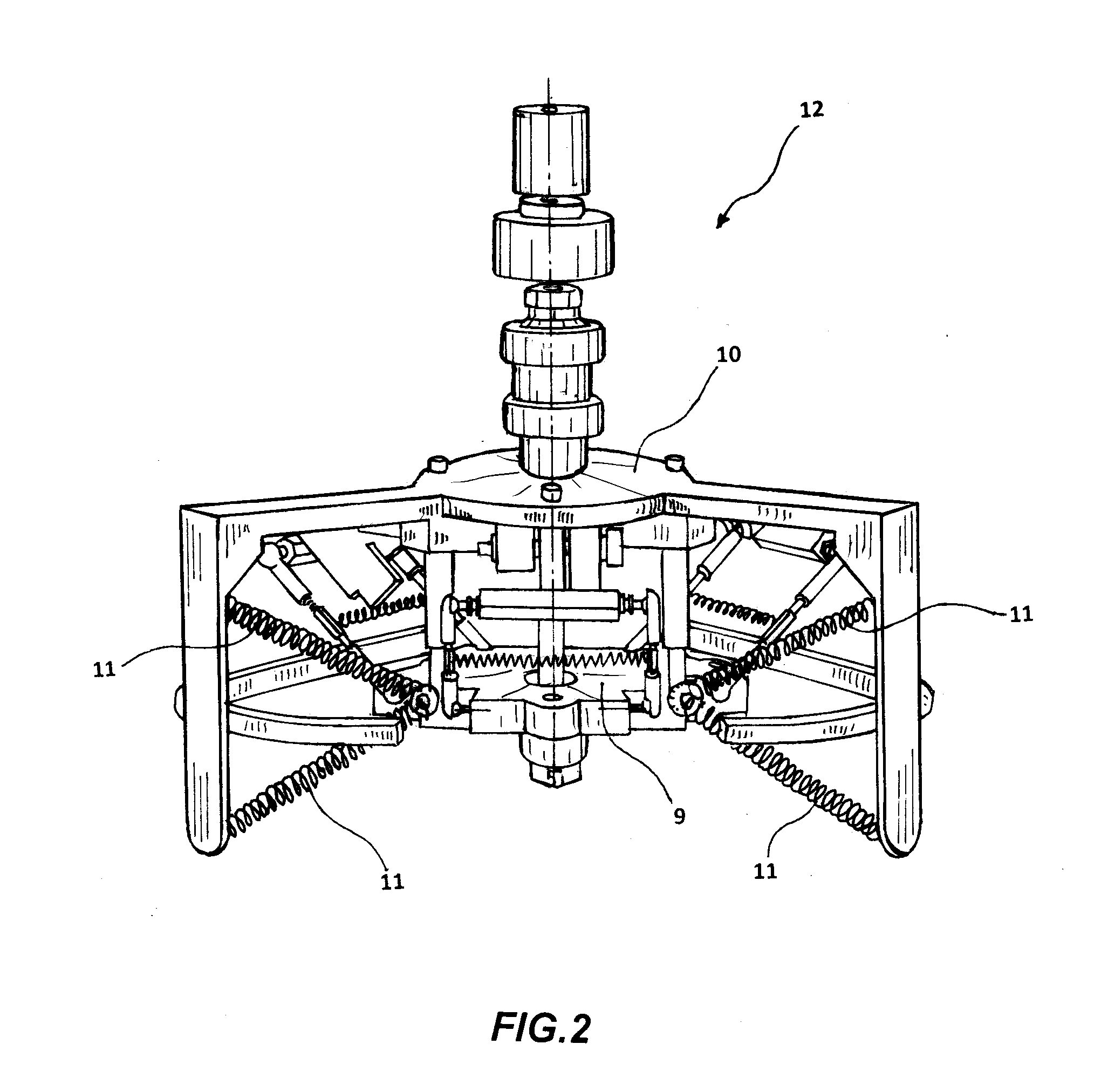Apparatus and method for restoring voluntary control of locomotion in neuromotor impairments
a neuromotor impairment and locomotion technology, applied in the field of apparatus and method for restoring voluntary control of locomotion in neuromotor impairments, can solve the problems of robotic system, high inertia that prevents normal-paced movements, restricted trunk support, etc., and achieve the effect of high inertia
- Summary
- Abstract
- Description
- Claims
- Application Information
AI Technical Summary
Benefits of technology
Problems solved by technology
Method used
Image
Examples
example 1
[0144]General Methods
[0145]Animals and Animal Care
[0146]All procedures and surgery were approved by the Veterinarian Office Zurich, Switzerland. The experiments were conducted on adult female Lewis rats (˜200 g body weight, Centre d'Elevage R. Janvier, France). Animals were housed individually on a 12 h light / dark cycle, with access to food and water ad libitum.
[0147]Surgical Procedures and Post-Surgical Care
[0148]All procedures have been described in detail previously (Courtine, G., et al. Transformation of nonfunctional spinal circuits into functional states after the loss of brain input. Nat Neurosci 12, 1333-1342 (2009); Courtine, G., et al. Recovery of supraspinal control of stepping via indirect propriospinal relay connections after spinal cord injury. Nat Med 14, 69-74 (2008); Musienko, P., et al. Controlling specific locomotor behaviors through multidimensional monoaminergic modulation of spinal circuitries. J Neurosci 31, 9264-9278 (2011)). The surgical interventions were p...
example 2
[0194]Materials and Methods
[0195]Animals and Behavioral Training
[0196]Experiments were conducted on adult female Lewis rats (200-220 g body weight) housed individually on a 12-hour light / dark cycle with access to food and water ad libitum. All experimental procedures were approved by the Veterinary Office of the Canton of Zurich. Prior to surgery, all the rats (non-trained and trained) were first acclimatized to wearing the custom-made jacket for 1-2 weeks while navigating freely along the runway. The rats were then trained for an additional 1-2 weeks to walk bipedally. All the rats learned this task rapidly. Typically, they produced consistent stepping patterns within 1-2 sessions. Positive reinforcement (food reward) was used to encourage the rats to perform the requested tasks.
[0197]Surgical Procedures
[0198]All basic surgical procedures and post-operative care for SCI rats have been described in detail previously (R. G. Lovely, R. J. Gregor, R. R. Roy, V. R. Edgerton, Effects of ...
PUM
| Property | Measurement | Unit |
|---|---|---|
| degrees of freedom | aaaaa | aaaaa |
| degrees of freedom | aaaaa | aaaaa |
| degrees of freedom | aaaaa | aaaaa |
Abstract
Description
Claims
Application Information
 Login to View More
Login to View More - R&D
- Intellectual Property
- Life Sciences
- Materials
- Tech Scout
- Unparalleled Data Quality
- Higher Quality Content
- 60% Fewer Hallucinations
Browse by: Latest US Patents, China's latest patents, Technical Efficacy Thesaurus, Application Domain, Technology Topic, Popular Technical Reports.
© 2025 PatSnap. All rights reserved.Legal|Privacy policy|Modern Slavery Act Transparency Statement|Sitemap|About US| Contact US: help@patsnap.com



